I’ve been in the proverbial wilderness for about ten years, with the last four being the pits. As I emerge from the wilderness season of my life, I am stacking wins to build momentum. I have not set a physically challenging goal in a long time, and I am not interested in any weight loss challenges because I do NOT want to spend my 40s obsessing about weight and the scale. I have had enough of that. There is something about setting a physically challenging goal that enhances your mindset and builds your confidence, as you prove to yourself that you can do hard things.
I thought about how much I enjoyed running races in the past. It was a physically challenging goal, and the races here in the Bay Area were fun. My last race was the 2010 SF Half Marathon, where I redeemed myself from my disastrous first half marathon the previous year, which I had attributed to eating the wrong pre-race meal and not training correctly. I was determined to redeem myself, so I focused on strength training for running and making sure to do weekly long runs that were longer than the 13.1-mile distance of the half. My efforts paid off, as I ran the race in 2010 twenty-six minutes faster than I had in 2009.
Here I am, ten years older in 2025, and I don’t have the time or patience to complete a half-marathon, so a big win would be to complete a 10K race, which is 6.2 miles.
My main goal is to finish the race, and since I am fourteen years older, my target time is one hour and twenty minutes. My goal is to run for two to three minutes and walk for one minute.
Six Weeks Out: The Core of the Matter
Since I started running regularly again, my back hip flexor muscle, also known as the Psoas muscle, has been screaming. I foam rolled and did yoga, but I suspect the core issue is a lack of core strength. (See what I did there)
My core workout focuses on the deeper abdominal muscles to stabilize my pelvis and hips, allowing the hip flexors to work more efficiently. I’ve added core training three times a week and incorporated a Peloton Pilates workout once a week.
Back in the day ,there was a wonderful gentleman named Rene at our gym. He participated in ultramarathons and was an active participant in our Group Fitness classes. He told me his training centered on strength training classes, such as BodyPump, and incline walking on the treadmill. He would walk on the treadmill at a steep incline for extended periods. Sadly, Rene passed away during one of his ultramarathons, but at least he went out doing something he loved.
He had a great training tip, though, when it came to training for races. People are often concerned about the endurance aspect of the race, and that is true, but they usually overlook the importance of strength training for running. I was constantly drilling into people that we need to get stronger to run. When I was training for my second half-marathon, I modified my strength workouts to focus on core strengthening, back training (for when we get tired and start slumping), and, of course, glute and hip training, because San Francisco is known for its hills.
My Top Core training exercises for runners
Deadbugs
Palloff Presses
Back Extensions
Bird Dog
Planks
Side Planks
More Planks
Plank Party
I detest planks with a passion but I cannot deny that they are your best bet when it comes to strengthening your core for running and as I like to say, “Fire up those thighs and that butt. No passive planks.”
My hip flexor isn’t screaming nearly as much this week, and it’s due to the core exercises. Next week will be my first six-mile long run, so we’ll see how it goes!
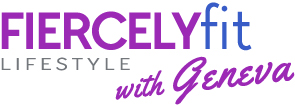
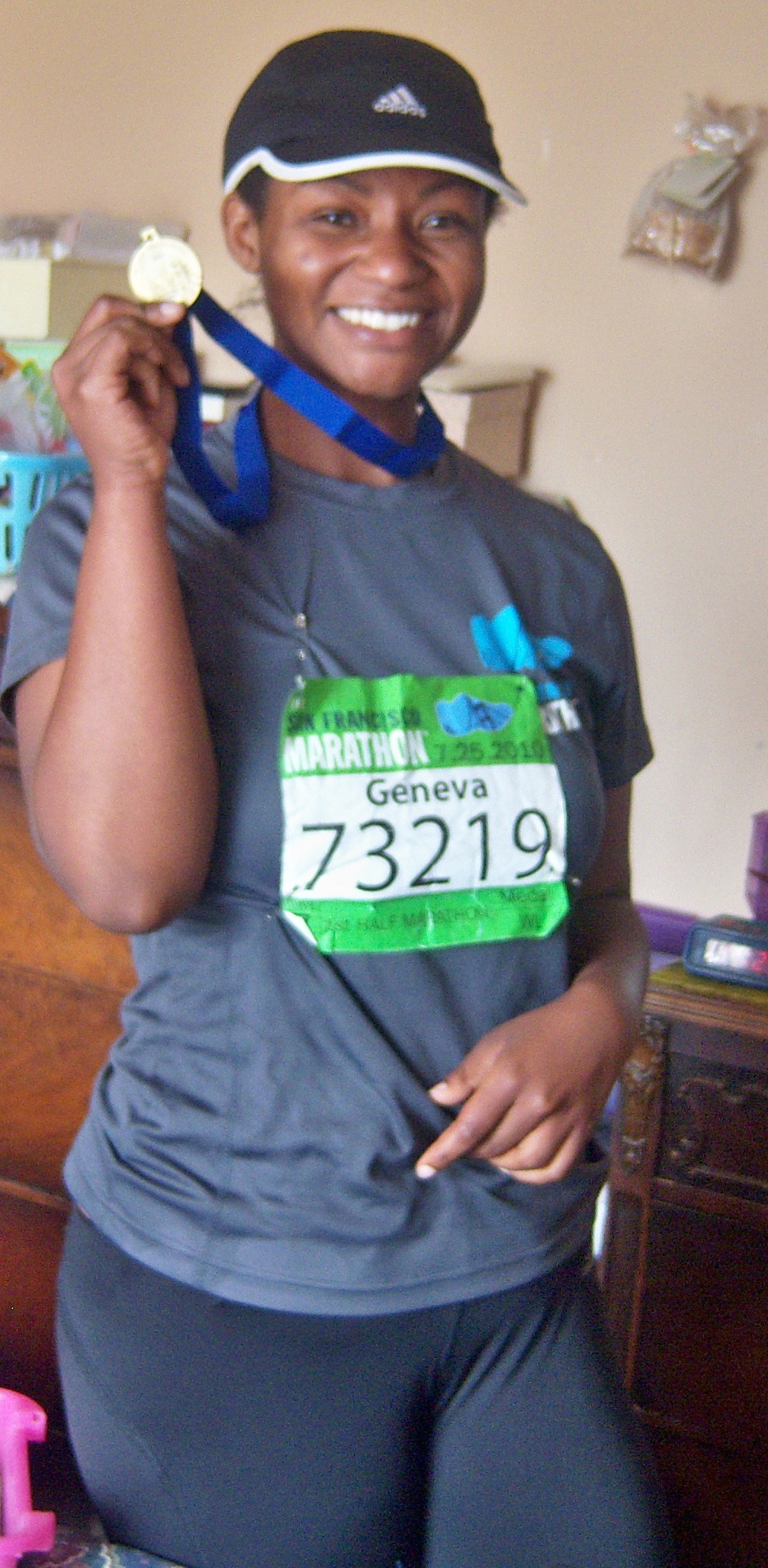
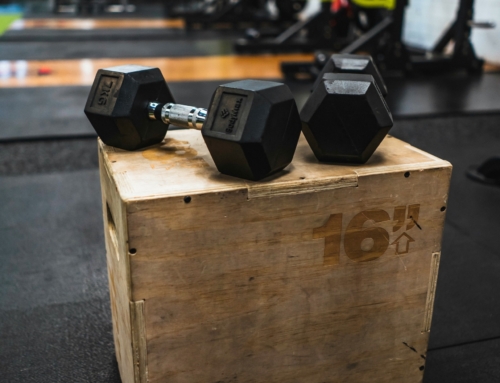

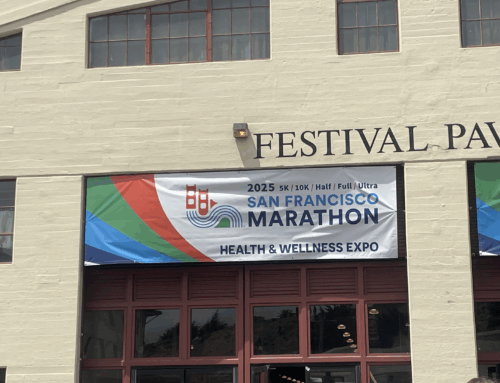
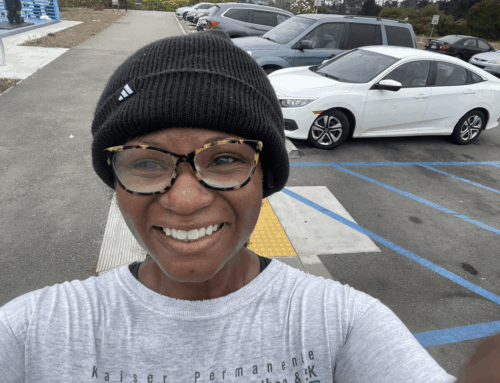
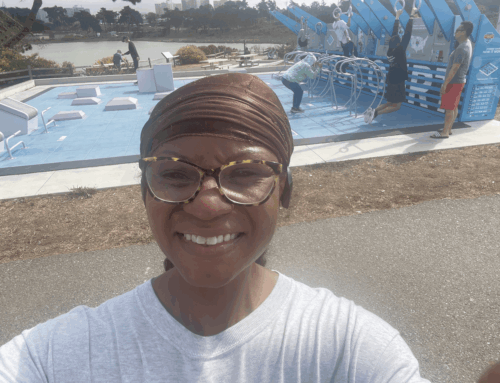

Leave A Comment